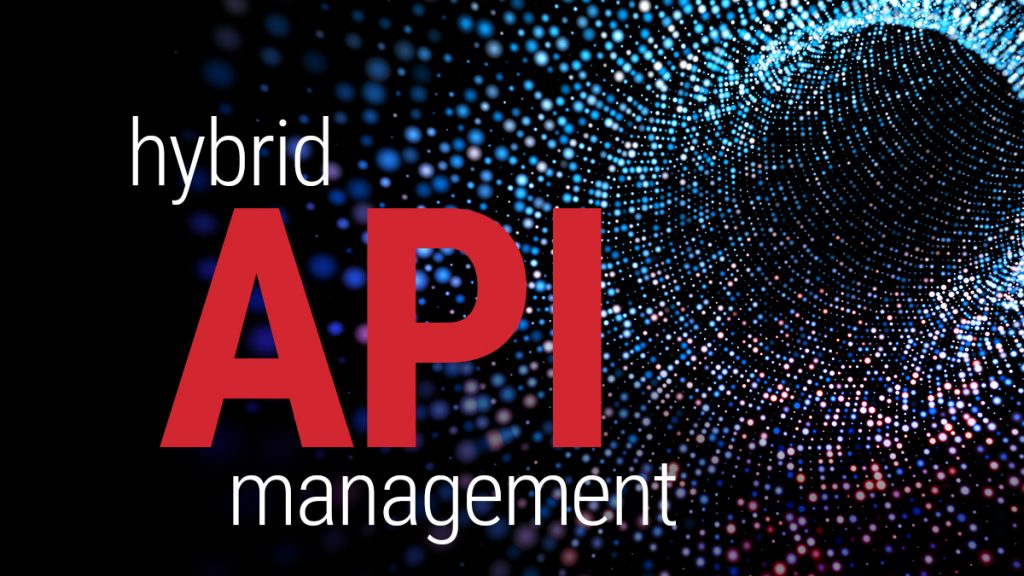Today’s IT architects face many challenges in their API strategies. For many, the shift to APIs was undertaken in the wake of digital transformation strategies several years ago.
Nowadays, with the success of Cloud computing, companies are ending up with data exchanges that are scattered and sometimes duplicated outside of their on-premise IT assets. The same is true for service-oriented exchanges, which are directly accessible from partners, as well as scattered between on-premise storage and the various Cloud services hosting the company’s business applications.
Why is this an issue?
These scattered APIs all have the same characteristic: they need to be governed. The data exchanged by the APIs represents the company’s heritage and know-how. Companies need to keep control over the data they want to exchange, wherever that information is located.
One of the challenges for IT today is precisely the governance of APIs in a hybrid context: this is done by securing and controlling the data exchanged by the APIs.
With hybridization, one of the main differences from the architectures implemented in recent years is that we’re not seeking to centralize the flows through a hub; we provide the service as close as possible to the exposed data. We only need to centralize the configuration, security and reporting of analytics, allowing each cell to be autonomous.
Federated governance
The goal with API hybridization is, therefore, a federated and centralized governance, but with decentralized API data flow management.
Federated governance creates business opportunities because it federates the company’s service offering through a Single Service Catalog, a showcase of the company’s know-how. It thus encourages the development of internal and external partnerships, as well as the monetization and development of new revenue sources. It also allows IT architectures to federate all these scattered bits of information systems without compromising API performance.
Hybrid API management
Hybrid API management is one of the main keys to the success of digital “2.0” transformations.
Hybrid API management is especially important since it accompanies both the changes on the client-side and the changes in software publishers whose business model is changing as a result.
For example, SAP is announcing the switch to Cloud by 2025. For many SAP customers, it is impossible to migrate their entire application portfolio into SAP or the Cloud. The consequence of this decision by a publisher like SAP, and there are many others, is that customers now have to manage an IT architecture that is becoming hybrid.
The Solution
Anticipating the change allows them to keep control of their agenda, prepare for the transition, and modernize their infrastructure at their own pace.
An API platform can offer a solution for managing APIs in a hybrid context, but also for meeting all the challenges associated with this context, for example, managing Event-Driven APIs, but also governing Microservices and integrating with a hybrid context.
Learn how the government of Victoria, Australia unlocked its government data by launching an API Platform.

Follow us on social